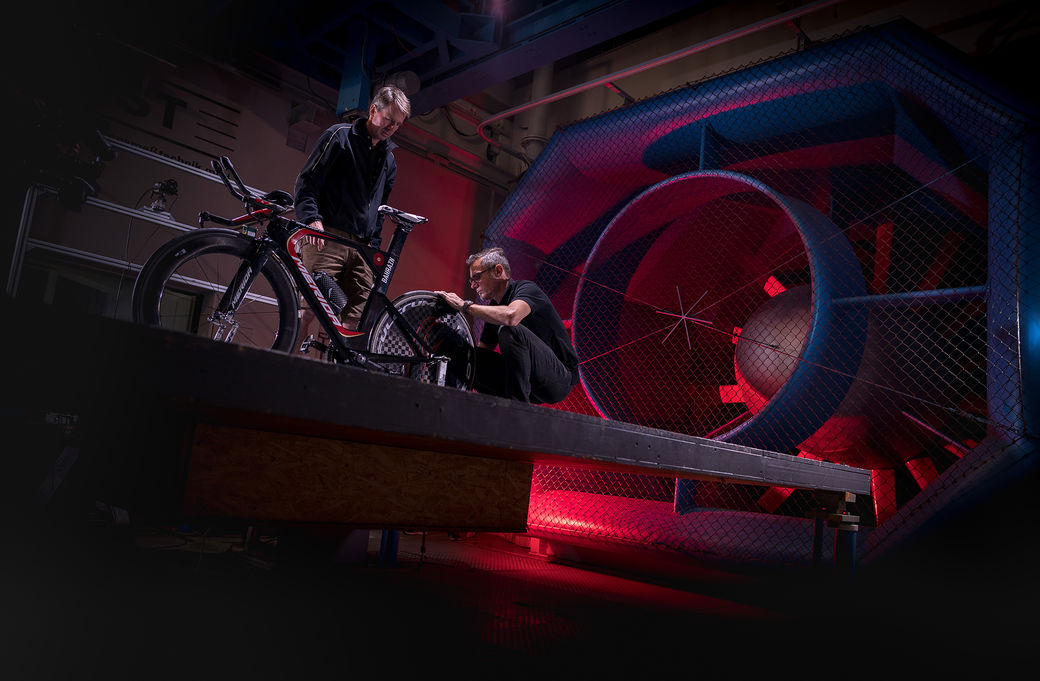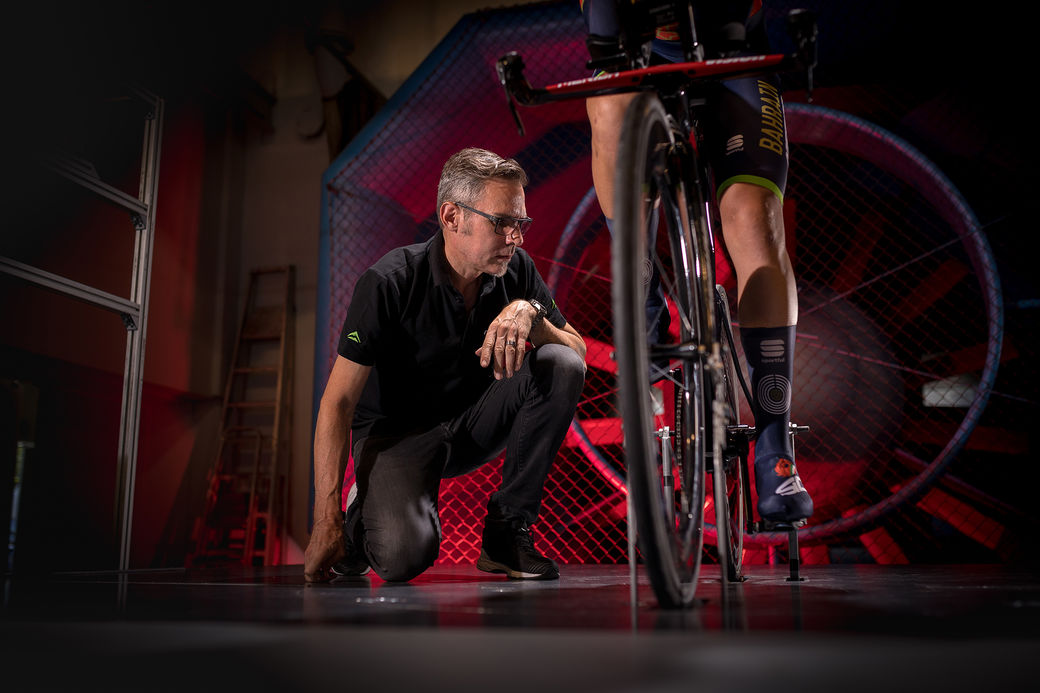Location & Language Selector
Please select location or visit OUR GLOBAL MERIDA WEBSITE
WIND TUNNEL TESTING
Time trial is a game of marginal differences and marginal gains. Discover how our new TIME WARP TT has become one of the fastest bikes on today’s TT circuit.
DISCOVER THE TIME WARP TTThe TIME WARP TT
Chasing the clock is a very scientific game. Even the smallest change can make a noticeable difference on the way to time trial success. During the latter part of the 2018 season, the BAHRAIN MERIDA Pro Cycling Team received the new version of the infamous TIME WARP TT, a bike that has gone through countless refining stages on its way to the perfect end result. When cheating the wind, it is crucial to reduce the aerodynamic drag and with that, minimise the resistance the rider has to work against. To achieve this, countless hours of wind tunnel testing is an absolute must.


A COMPLETELY NEW BIKE
While keeping the strong points of the former WARP TT bike, which was successfully ridden by Lampre-MERIDA and the BAHRAIN MERIDA Pro Cycling Team for six years, the TIME WARP TT has been fundamentally redesigned. The new TIME WARP TT has lost around 400g over its predecessor and offers an overall advantage of 9 Watts. Hours of computer modelling and wind tunnel testing have allowed the MERIDA R&D team to achieve these significant improvements and to provide the team with a strong time trial contender.
FINE TUNING & PERFECT POSITION
Creating the perfect union of man and machine is another key focus when taking bikes to the wind tunnel. The perfect balance between a sustainable riding position and minimal air resistance is what the team is looking for. Small adjustments on the cockpit position and setup can deliver noticeable differences.